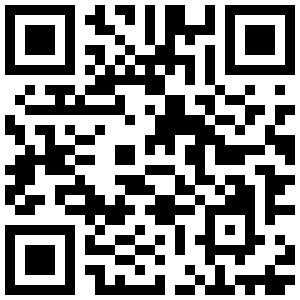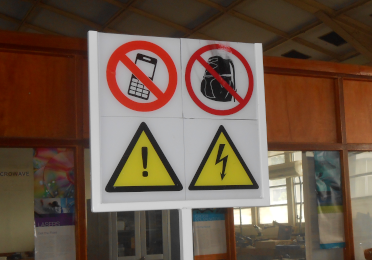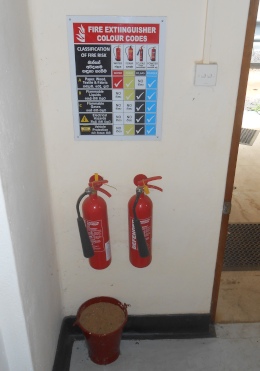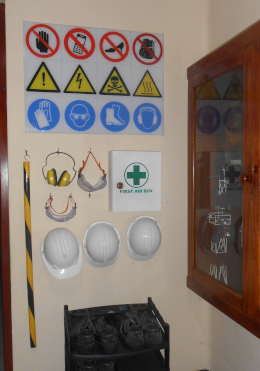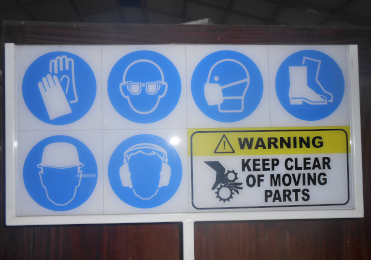Laboratory Safety
Laboratory Safety should come naturally and become your habit. Remember you are responsible for your own safety as well as safety of others working around you. Specially DEEE contains a wide variety of electrically-powered equipment including power supplies, motors, and testing and monitoring equipment. These and all electrical devices used in the lab setting present a potential danger of injury due to electric shock, fires due to wrongly connected experimental setups or due to sparks serving as an ignition source. A little care and adherence to prescribed safety guidelines will help avoid laboratory mishaps. Laboratory hazards should not scare you as the practical/real experiments can be both challenging and exciting because you get handson experience and set of skills necessary for your future.
Students, Insrtructors, Lab attendants and staff can protect themselves from the hazards of electricity by following some basic guidelines. The guidelines include maintaining awareness of the condition of lab equipment, the proper use of lab equipment and safe working practices.
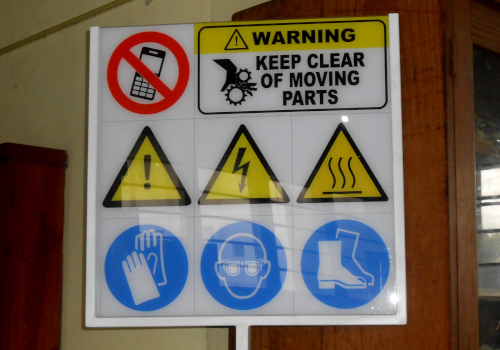
ELECTRICAL SAFETY
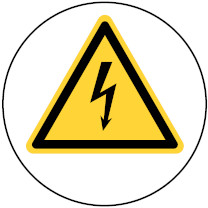
| Proper grounding and use of circuit protection devices. |
| All unprotected electrical connections and installations are insulated to prevent any damage. |
| Using originally rated fuses to replace blown fuses. |
| Do not use extension codes or multi plugs for connecting appliances that overload the rating of plug bases. |
| Avoid contact with energized electrical circuits. |
| Use guarding around exposed circuits and sources of live electricity. |
| Disconnect the power source before servicing or repairing electrical equipment. |
CHEMICAL HAZARDS
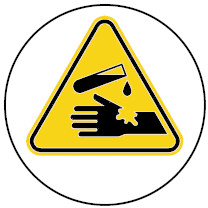
| Use of Material Safety Data Sheet (MSDS) for placing and storing chemicals accordingly. |
| Expired and used chemicals are disposed properly and safely. |
| Proper chemical labeling is done. |
| Performing routing lab cleaning. |
| Wear protective goggles and clothing during experiments. |
| Good housekeeping. |
FIRE SAFETY
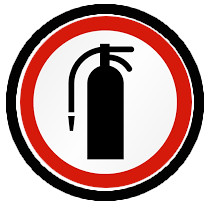
| Fire extinguishers are placed 1.2m above the ground to ease the handling in a fire situation. |
| Existing Fire extinguishers are tested for its operation. |
| Fire extinguishers are placed in such a way that anyone can see it clearly from a distance and use it properly. |
| Type and use of fire extinguisher is mentioned and put in a color coded areas. |
| Maintaining electrical wiring in good condition. |
| Use extension cords for temporary use only. |
| Limit quantities of flammable liquids in laboratories. |
FIRE EXIT
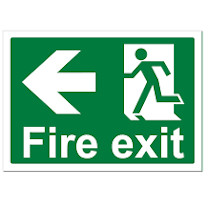
| Fire Exits are marked and unlocked |
| Keeping clear pathways, so in an emergency to ease the evacuation. |
| Fire Exit doors are marked, unlocked (open from inside) and be opened outward. |
| Activate the nearest fire alarm, if not automatic. |
| Evacuate the building through the nearest exit. |
| Do not use elevators. |
| Do not re-enter the building under any circumstance until authorized to do so. |
EVACUATION SITES
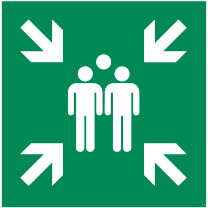
| Evacuation sites are clearly marked so in case of an emergency gathering point. |
| Evacuation maps of all the buildings are displayed in visible locations. |
| Emergency Numbers are displeyed in the respective locations. |
| Go to the designated assembly area for the building in an emergency. |
| If you are not able to exit the building, call the Department of Public Safety, 119 |
| Do not use elevators. |
| Do not re-enter the building under any circumstance until authorized to do so. |
FIRST AID
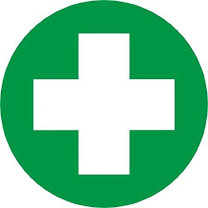
| First Aid boxes are kept with all necessary first aids Items. |
| First aid for electric shock |
| First aid for burns |
| First aid for skin and eye exposure to chemicals |
| First aid for cuts or open wounds |
| First aid for inhalation of gases and vapors |
| In an emrgency call University Health Center or 119 |
University Health Center
For Health and Safety Issues Contact "Health Centre, University of Peradeniya,20400, Peradeniya.
Phone: +94812392022

Safety Procedures and Guidlines
Department has developed safety procedures and guidlines, for each and every laboratory, to be used and followed by the users. Procedures involved visual inspections, electrical tests and other checks that should be carried out by a Technical Officer. There is also a Faculty appointed Safety Officer (Mr. W.D. Kularatna), a department non-academic member, for overall coordination of health and safety issues. Above guidlines are not only for electrical safety but also for chemical, thermal, mechanical, EMC and radiation safety as well.

